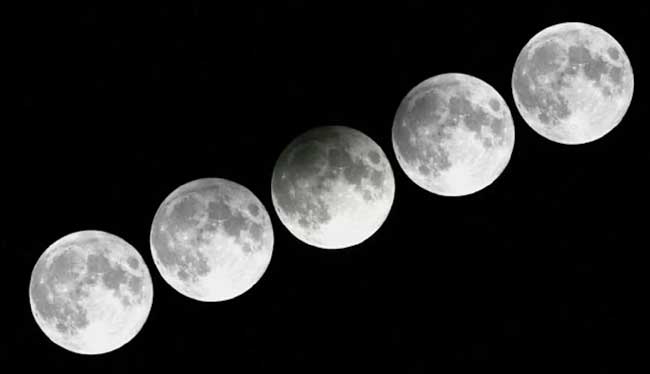According to data from that entity, the eclipse will last four hours and 37 minutes, will leave 96 percent of the lunar diameter in darkness, and will end after having been visible in the last phases in the Americas and Oceania.
This kind of eclipse occurs when the full Moon, the Earth and the Sun are aligned and the Earth’s satellite enters the Earth’s twilight zone. When this happens, the Moon stops receiving sunlight because the Earth blocks the Sun’s rays, so its luminosity drops and it looks a little dark.
The next eclipse, which will take place on April 8, will be a total solar eclipse that will be visible in Mexico, the central United States and eastern Canada, and a partial eclipse in North America and Central America, which can also be observed with these characteristics from western Cuba.
The next partial Moon eclipse will take place after summer, exactly on September 8 2024.
According to astronomical forecasts for Monday, there will be a March full moon or worm moon, as it is popularly known, with a high point at around 8:12 GMT.
 Escambray ENGLISH EDITION
Escambray ENGLISH EDITION





Escambray reserves the right to publish comments.